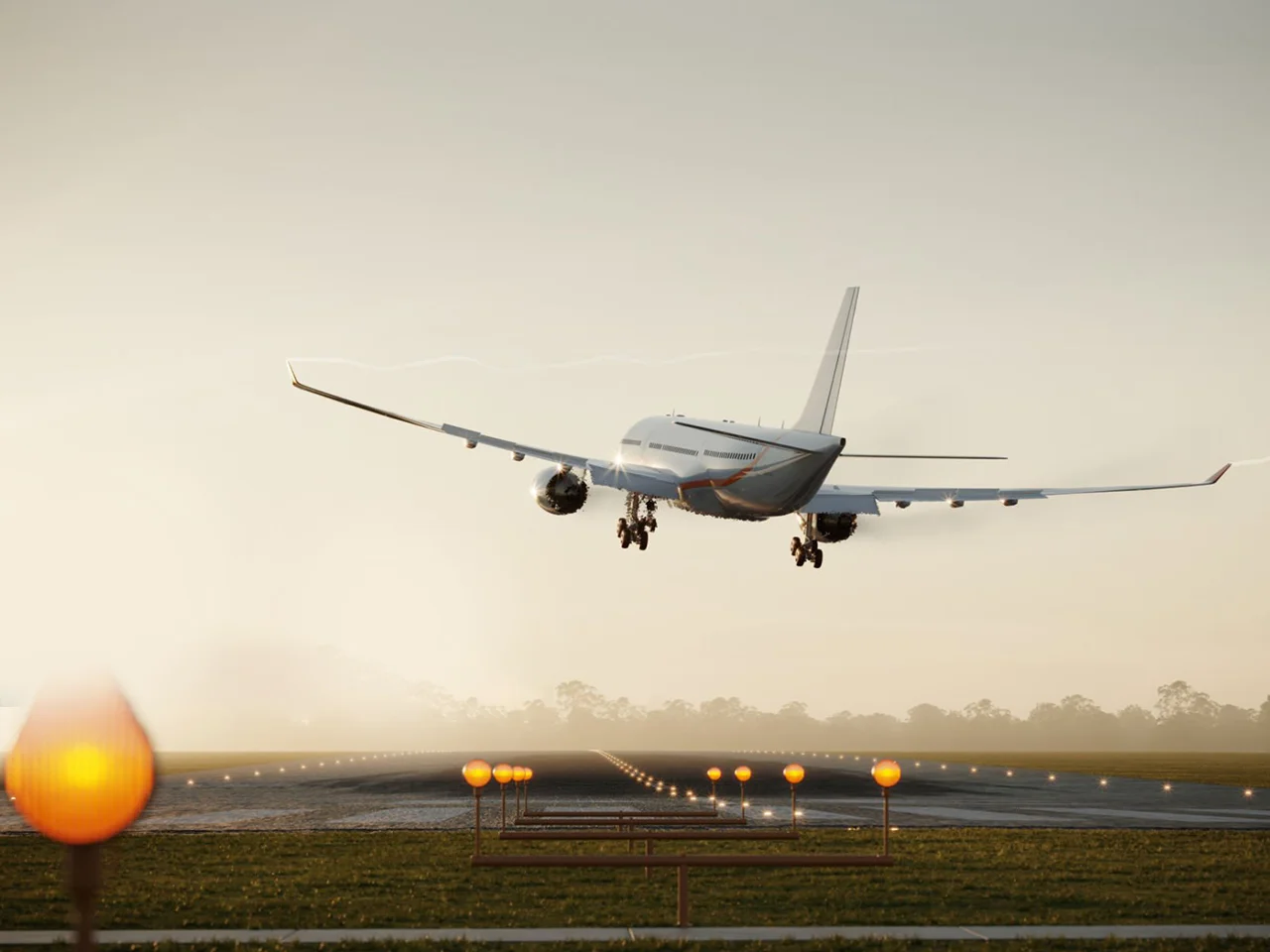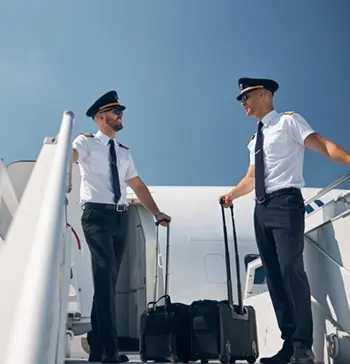
Pilot Training In Philippines For Kenyan Students
Why Aspiring Kenyan Pilots Choose to Fly Abroad for Training
Aspiring Kenyan pilots often choose to pursue their training abroad due to several factors that encompass infrastructure, regulatory environment, quality of training, career opportunities, and personal preferences.
- Infrastructure and Resources: Kenya’s aviation infrastructure and resources may not be as advanced or well-equipped compared to training facilities in other countries. This includes access to modern aircraft, simulators, and experienced instructors. Many aspiring pilots perceive a lack of adequate facilities and equipment in Kenya, which could hinder their training experience and skill development.
- Regulatory Environment: The regulatory environment in Kenya may present challenges or limitations for pilot training. Bureaucratic hurdles, lengthy certification processes, or limited training opportunities can deter aspiring pilots from pursuing their training locally. Some may find that navigating through Kenya’s regulatory framework is cumbersome and prefer the streamlined processes available in other countries.
- Quality of Training: International recognition and respect for training programs are crucial for aspiring pilots. Many seek high-quality training programs that are internationally recognized, believing that training abroad provides access to superior instruction, curriculum, and facilities. The perception of higher quality training abroad motivates aspiring pilots to seek education outside Kenya.
- Career Opportunities: Training abroad often offers better access to job opportunities and connections within the global aviation industry. Kenyan students believe that an international training background enhances their competitiveness in the job market, as it demonstrates their adaptability, exposure to diverse aviation environments, and ability to meet international standards.
- Personal Preferences: Cultural exposure, language proficiency, and lifestyle choices also influence the decision to train abroad. Some students may prefer the experience of living and studying in a foreign country, immersing themselves in different cultures, languages, and environments. This personal growth and exposure are seen as valuable assets in their future aviation careers.
Why Kenyan Students Choose the Philippines for Pilot Training
Kenyan students opt for the Philippines as their destination for pilot training due to several compelling reasons, including affordability, English proficiency, regulatory standards, climate, and the strength of the aviation industry.
- Affordability: Pilot training in the Philippines is often more affordable compared to many Western countries. The cost of living and training expenses, including flight hours and accommodation, are relatively lower, making it an attractive option for students from Kenya with limited financial resources.
- English Proficiency: English is widely spoken and used as the medium of instruction in the Philippines, making it easier for Kenyan students to communicate and learn during their training. This linguistic advantage reduces barriers to learning and ensures a smooth educational experience for international students.
- Regulatory Standards: The Civil Aviation Authority of the Philippines (CAAP) follows international aviation standards, ensuring that training programs meet rigorous safety and quality requirements. Kenyan students can trust that their training in the Philippines adheres to globally recognized aviation standards, preparing them for successful careers in aviation.
- Climate and Geography: The Philippines offers diverse weather conditions and geographical features, providing valuable experience for pilots-in-training to develop their skills in various environments. Exposure to different weather patterns, terrains, and airspace complexities enhances their proficiency and adaptability as pilots.
- Strong Aviation Industry: The Philippines boasts a robust aviation industry with numerous flight schools, training academies, and aviation-related companies. This supportive ecosystem provides Kenyan students with access to modern facilities, experienced instructors, and comprehensive training programs, ensuring a high-quality learning experience.
Is the Philippines Positioned to Become the Top Pilot Training Destination for Kenyan Students?
The Philippines has the potential to become a top pilot training destination for Kenyan students and international students in general. However, achieving this status depends on several key factors:
- Quality of Training: Continued investment in high-quality training programs, modern facilities, and experienced instructors is essential to attract students seeking excellence in pilot training. The Philippines must uphold rigorous standards and continuously improve its training offerings to remain competitive globally.
- Affordability: Maintaining competitive pricing for training programs, accommodation, and living expenses is crucial to attract students from diverse socioeconomic backgrounds. Affordable training options make the Philippines an accessible destination for aspiring pilots worldwide.
- Regulatory Compliance: Ensuring that training institutions adhere to international aviation standards and regulatory requirements enhances the credibility and attractiveness of the Philippines as a training destination. Strict adherence to safety protocols and quality assurance measures builds trust among students and industry stakeholders.
- Industry Partnerships: Collaborations with airlines, aviation organizations, and industry stakeholders can provide valuable opportunities for job placement, internships, and career advancement. Establishing strong industry connections enhances the Philippines’ reputation as a training hub and increases its appeal to prospective students.
- Marketing and Promotion: Effective marketing strategies and promotional efforts are essential to showcase the benefits of training in the Philippines, such as its English proficiency, favourable climate, and strong aviation infrastructure. Targeted marketing campaigns raise awareness and attract more international students to choose the Philippines for their pilot training.
Overall, with the right investments, strategies, and collaborations, the Philippines has the potential to solidify its position as a top choice for pilot training among Kenyan students and aspiring pilots worldwide.
Can Kenyan Become a Pilot in the Philippines (PH)?
Yes, Kenyan citizens can become pilots in the Philippines by enrolling in one of the many flight schools or training academies located in the country. The Philippines welcomes international students for pilot training and offers programs designed to meet international aviation standards. Kenyan students have the opportunity to pursue their dream of becoming pilots in a supportive and conducive environment.
How Much Does It Cost to Study Pilot in the Philippines for Kenyan Students?
The cost of studying to become a pilot in the Philippines varies depending on factors such as the type of pilot license, the flight school or training academy chosen, the duration of the training program, and additional expenses such as accommodation and living costs. As a rough estimate, the total cost of pilot training in the Philippines can range from $30,000 to $80,000 USD, including tuition fees, flight hours, ground instruction, exam fees, accommodation, and living expenses.
Want to find out more about our pilot courses?
Who Is Eligible for Pilot Training in the Philippines?
Generally, individuals who meet the following criteria are eligible for pilot training in the Philippines:
- Minimum age requirement (usually 17 years or older)
- High school diploma or equivalent
- Good physical and mental health (as determined by a medical examination conducted by an aviation medical examiner)
- Proficiency in English (since English is the primary language of aviation)
- Financial capability to cover the costs of training and living expenses.
Specific requirements may vary depending on the flight school or training institution.
Is the Philippines a Good Country for Pilot Training for Kenyan Students?
The Philippines can be a good country for pilot training for Kenyan students due to several factors:
- Affordability: Pilot training in the Philippines is often more affordable compared to many Western countries, making it accessible to students from diverse backgrounds.
- English Proficiency: English is widely spoken and used as the medium of instruction in the Philippines, facilitating learning for Kenyan students.
- Regulatory Compliance: The Civil Aviation Authority of the Philippines (CAAP) follows international aviation standards, ensuring that training programs meet rigorous safety and quality requirements.
- Strong Aviation Industry: The Philippines has a robust aviation industry with numerous flight schools, training academies, and aviation-related companies, offering a supportive ecosystem for aspiring pilots.
- Climate and Geography: The Philippines offers diverse weather conditions and geographical features, providing valuable experience for pilots-in-training to develop their skills in various environments.
Overall, the Philippines offers a conducive environment for pilot training, with its affordability, English proficiency, regulatory standards, and strong aviation industry making it an attractive option for Kenyan students.
Which Country Is Cheapest for Pilot Training for Kenyan Students?
The cost of pilot training can vary significantly depending on the country, the type of training program, and other factors. While the Philippines is often considered more affordable compared to many Western countries, other countries such as South Africa and some Southeast Asian nations may also offer relatively lower training costs. Ultimately, the “cheapest” country for pilot training depends on individual preferences, including factors such as training quality, regulatory standards, language proficiency, and personal circumstances.
Overseas Pilot License Conversion – Convert Philippines Licence into Kenyan Licence
The process of converting a pilot license obtained in the Philippines into a Kenyan license typically involves several steps:
- Document Preparation: Gather necessary documents, including your Philippines pilot license, logbook, medical certificate, and other relevant paperwork.
- Verification: The Civil Aviation Authority of Kenya (CAAK) may require verification of your Philippines pilot license and other credentials. This could involve submitting documents for authentication and review.
- Conversion Requirements: Familiarize yourself with the specific requirements and procedures for converting a foreign pilot license into a Kenyan license, as outlined by the CAAK.
- Examinations or Assessments: Depending on CAAK regulations, you may need to undergo additional examinations, assessments, or flight checks to ensure compliance with Kenyan aviation standards.
- Application Process: Submit an application for license conversion to the CAAK, along with any required fees and supporting documents.
- Review and Approval: The CAAK will review your application and may conduct further assessments as necessary. Upon meeting all requirements, your Kenyan pilot license will be issued.
- Additional Training: In some cases, additional training or endorsements may be required to align with Kenyan aviation regulations. This could involve completing specific courses or flight hours as determined by the CAAK.
It’s important to consult the Civil Aviation Authority of Kenya or a reputable aviation authority for the most accurate and up-to-date information regarding the license conversion process and associated requirements. Please note that specific costs, requirements, and procedures may vary, so it’s advisable to contact relevant aviation authorities or consult with professionals familiar with both Kenyan and Philippines aviation regulations.
Free Career Guide

Want to find out more about our pilot courses?
Download our free eBook to learn all about pilot training in the Philippines, including the qualifications needed, the training process, available courses, and career opportunities. Find out how you can take the first step toward a rewarding career in aviation.
Download Pilot Course Information Guide
Pilot School For International Students
Empowering students with quality education and global opportunities at Pilot School.






